The hook is a concept that few people know how to apply to their copy and yet it can make a product page or an email be ignored or, on the contrary, generate interest and sales.
Great copywriters master the hook and once you understand what exactly it is, it’ll be easier for you to recognise it when reading a good piece of copy.
But don’t confuse the hook with the Big Idea.
The hook serves to keep the reader’s attention when writing long copy, be it a sales letter, a product page or a webinar. Whereas the Big Idea is that powerful benefit that is the basis of your whole piece of copy.
Advanced #copywriting techniques: The Hook. #SmallBiz #copywritingtips #marketing #longcopy #webinars Share on XWhat exactly is the hook in copywriting?
The hook is a piece of information that intrigues the reader and that you aren’t going to give away till the end.
This missing piece of information will keep the reader glued to your copy because she cannot help but want to close the loop.
It’s like when you watch a film or read a book that you know is quite mediocre but you can’t stop reading until the end because you need to know who committed the murder, how that person got rich or whether that impossible love story has a happy ending.
That important piece of information can be for example how you managed to achieve something, a date when something big is going to happen or a lesson you learned after experiencing an event in your life.
Let’s look at an example of a sales letter that is an icon in the financial copywriting niche.
It’s called The End of America and was an unparalleled success. The letter is signed by the owner of an investment firm.
It begins building authority and confidence by claiming that they helped their clients avoid the disaster of the 2008 crisis:
“You may know of our firm because of the work we did over the last several years
– helping investors avoid the big disasters associated with Wall Street’s collapse.
We warned investors to avoid Fannie and Freddie, Bear Stearns, Lehman Brothers and General Motors and dozens of other companies that have since collapsed. We even helped our subscribers find opportunities to profit from these moves by shorting stocks and buying put options. To my knowledge, no other research firm in the world can match our record of correctly predicting the catastrophe that occurred in 2008.
But that’s not why I created this letter.. “
That’s a great lead.
Because it makes you trust what they’re going to tell you. They set the mood with facts that everyone in the investment world knows and they give you concrete examples. In copywriting, being specific is super important if you want to convince your audience.
But what I really want to talk about in this article is the last sentence “But that’s not why I created this letter”.
Right here he’s opening up a gap, a hint that there’s something even more interesting coming next. The letter continues:
“I reference our success and experience with Wall Street’s latest crisis because we believe there is an even bigger crisis lurking – something that will shake the very foundation of America.
And that is why I’ve spent a significant amount of time and money in the past few months preparing this letter. In short, I want to talk about a specific event that will take place in America’s very near future… which could actually bring our country and our way of life to a grinding halt.
This looming crisis is related to the financial crisis of 2008… but it is infinitely more dangerous, as I’ll explain in this letter.. “
Here it is! The hook, that piece of missing information that will keep the reader glued to the screen to find out what’s that horrible thing that’s going to happen.
Mike Palmer, the copywriter who wrote this letter, doesn’t just introduce this single hook, but dares to add some others before even resolving the first one:
“The same financial problems I’ve been tracking from bank to bank, from company to company for the last five years have now found their way into the U.S. Treasury. I’ll explain how this came to be. What it means is critically important to you and every American…”
“I’ll explain how this came to be”. But he still doesn’t.
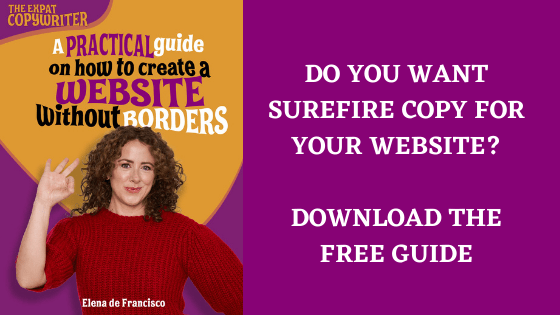
Mike builds up more and more anticipation so prospects can’t stop reading until they get those missing facts.
Prospects have lived perfectly well without those facts until now, in total ignorance, but now that they’re being told they’re missing this important information they MUST know.
It’s like when someone tells you: “Something has happened… Well, I’d better not tell you because you’ll get angry…” But even though you know it might ruin your day, you NEED to know.
Mike then goes on to agitate the problem, something fundamental in copywriting. Agitating is about making the problem seem even bigger so the reader wants a solution right now:
“The next phase in this crisis will threaten our very way of life. The savings of millions will be wiped out. This disaster will change your business and your work. It will dramatically affect your savings accounts, investments, and retirement.
It will change everything about your normal way of life: where you vacation… where you send your kids or grandkids to school… how and where you shop… the way you protect your family and home.
I’ll explain how I know these events are about to happen. You can decide for yourself if I’m full of hot air. As for me, I’m more certain about this looming crisis than I’ve been about anything else in my life.”
My goodness, now you really want to know what’s going to happen!
With this last sentence, Mike makes you trust what he’s saying even more because he already predicted what would happen in 2008 and now he’s 100% certain again.
Advanced #copywriting techniques: The Hook. #SmallBiz #copywritingtips #marketing #longcopy #webinars Share on XMike will then mention his solution, but, beware, the actual offer (what is he exactly selling and at what price) is not yet known, for the moment it gives you hope that you can protect yourself from the disaster that’s about to happen:
“Of course, the most important thing about this situation is not what is happening… but what you can do about it.
In other words: Will you be ready when the sh** hits the fan?
Don’t worry, I’m not going to organise any rallies or demonstrations. And I have turned down all requests to run for political office.
Instead, I want to show you exactly what I am doing personally, to protect and even grow my own money, and how you can prepare yourself too. “
In the letter, he begins to give more details about the gap that he opened at the beginning. An economic disaster is about to come because of the level of US government debt and the possibility of the dollar losing its status as the world’s reserve currency.
It explains in plain and simple language what could occur if this were to happen, like for instance that there would be galloping inflation which would in turn lead to a supply crisis, and so on.
And to make you believe once again what he says, he tells you about the disaster that took place in the former Yugoslavia when it suffered a huge hyperinflation before it disintegrated and the Balkan war broke out.
This letter is a masterful example of how to open up gaps in long copy to keep the reader’s attention, but also of how to back up your arguments with concrete examples and by being specific.
The solution he sells at the end after many pages of opening gaps and closing only a few is an annual subscription to his financial reports.
For example, he talks about an asset that rich people invest in when they know there’s going to be a big crisis and that it’s one of the safest investments.
But he doesn’t say what this asset exactly is, he will explain what is it and how to invest in it in one of his reports that you will receive for free when you sign up for an annual subscription.
This hook transcends the sales letter as it isn’t resolved immediately and will further push the reader to make the purchase.
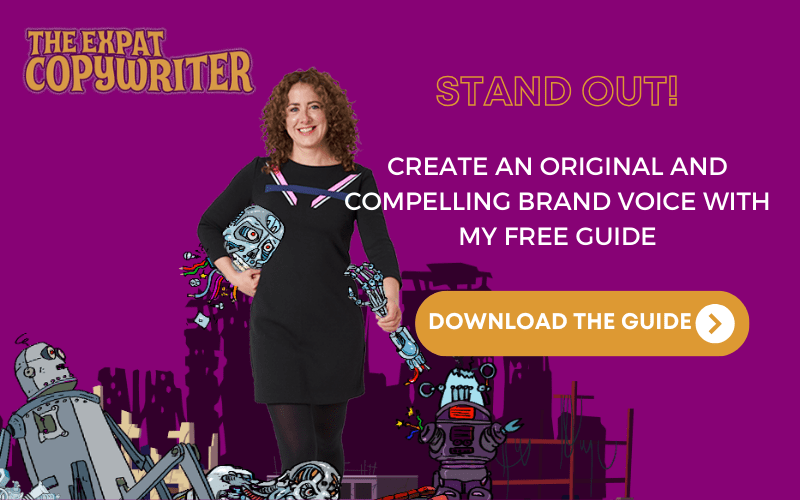
How to create hooks in your copy
The hooks that work best are the ones that become the last piece of the puzzle.
That is, you give all the details about a situation, problem or solution except one that ties all loose ends.
When you’ve decided how you’re going to pitch your copy and what details, facts or stories you’re going to tell, take all the pieces and pull out one that you aren’t going to reveal until later.
For example, you’ve decided to tell the story of how you became a life coach and what method you use to help people find meaning in their lives.
You can create a hook like this:
“Something happened in my life that made me rethink everything. It made me reflect on what I was spending my time on and why I wasn’t happy. It was a totally unexpected and seemingly insignificant incident that turned my life upside down.
But let’s come back to that later. Now I want to tell you about Sara and how I helped her out of a very difficult time in her life, which gave her the strength she needed to go from having a job she hated to being a huge success with a handmade fabrics business.”
Now people will want to know what is this incident that happened in your life and they won’t stop reading until they find out.
You’ve also opened up another gap which is how you helped Sara to progress in her life.
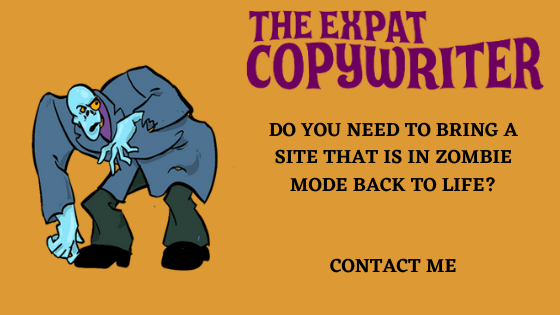
Before creating the script for your webinar, article or product page, decide what the different elements will be: this is my big idea, this is how I’m going to express it, and this is the hook that will make people stay until the end.
If you decide on these three elements from the beginning, it will be easier to create your piece of copy and not lose sight of the hook and the main idea.

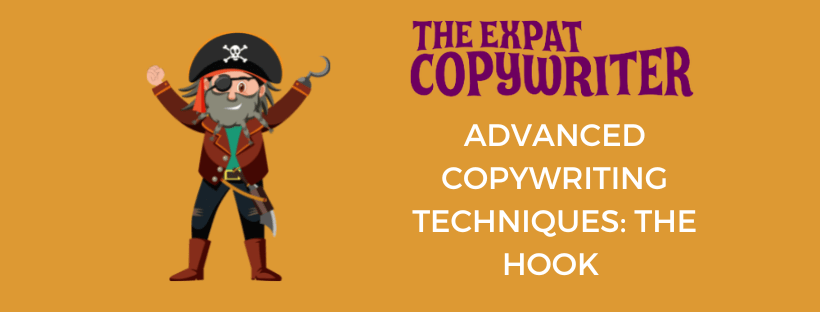
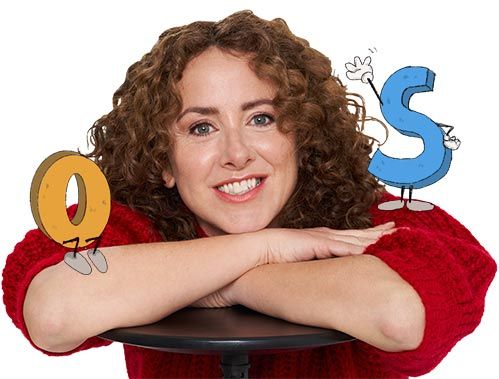
0 Comments